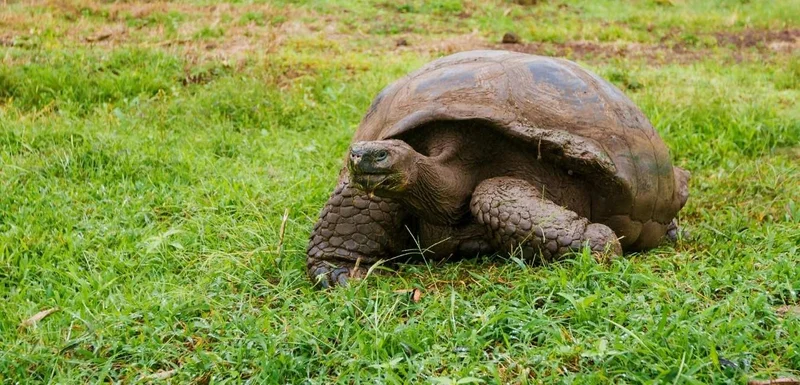
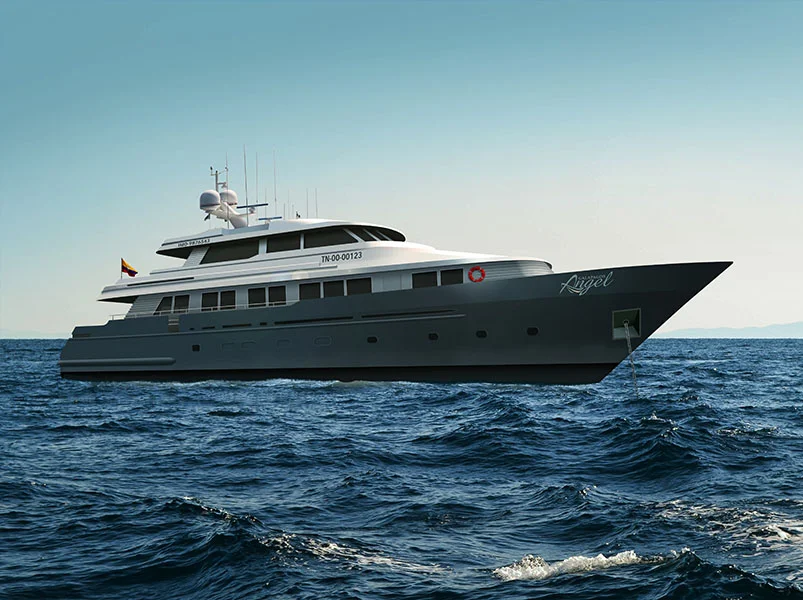
8 Day Galapagos Itinerary
Day 1: Santa Cruz Island: Bachas Beach
AM: Baltra Airport Arrival
Early morning flight to Baltra from Quito, Guayaquil or Quito.
Arrive at Baltra island in the early morning. Galapagos Angel will meet you at immigration and luggage claim and transfer you to your yacht. After being shown your cabin, you'll have time to relax before the welcome briefing and lunch.
PM: Bachas Beach
Bachas Beach, located north of Santa Cruz is an excellent swimming beach. A floating pier is one of the last remnants of World War II U.S. presence on the Galapagos. There are flamingos and other animals like Sally Lightfoot Crabs, Hermit Crabs, Black-necked Stilts, Whimbrels, etc. On the beach, sea turtles nest.
Day 2: Santa Cruz Island: Mosquera Islet
AM: Mosquera Islet
The Mosquera Islet lies between North Seymour and Baltra. The narrowest part of this reef (which is a result of an avalanche) measures only 160 metres. The island is also home to a large number of shorebirds. It has the biggest population of sea lions. Orcas have occasionally been reported to feed on the sea lions at this location.
PM: Dragon Hill
Dragon Hill, located on Santa Cruz Island's northwestern coast, has a visitors site with a trail of 1,600 meters that passes through three environments. The beach has a lot of rocks. It's an excellent place to snorkel at high tide. This site is a good place to see the vegetation typical of both intertidal and dry zones.
Day 3: Isabela Island: Tagus Cove & Fernandina Island: Espinoza Point
AM: Tagus Cove
Tagus Cove is on Isabela Island. It's located near Bolivar Channel, which separates the two islands. Since the 1800s ships have used this area to anchor. The trails that wind up the ridge above Lake Darwin offer stunning views.
PM: Espinoza Point
After crossing the Bolivar Channel, which separates Isabela from Fernandina Island, you'll land at Espinoza Point. You can then walk past sea lions and marine iguanas to reach the highlight of the island: the nesting site of the flightless Cormorant. The Galapagos Hawk can also be seen in this area.
Day 4: Isabela Island: Urbina Bay & Elizabeth Bay
AM: Urbina Bay
Urbina Bay lies at the foot of the Alcedo Volcano, on the West Coast between Tagus Cove & Elizabeth Bay. In 1954, the area underwent a significant uplift that caused land to be raised over 16 feet. Marine life was left stranded by the expansion of the coast. The area around this is also great for snorkeling.
PM: Elizabeth Bay
Elizabeth Bay can be found on the eastern coast of Isabela Island. Many islets can be accessed by boat. On the islets, you can see blue-footed boobies and penguins. The area has a lot of marine life, clear water and is ideal for snorkeling. You can see schools of fish and sea lions and maybe even sharks.
Day 5: Isabela Island: Moreno Point & Puerto Villamil
AM: Moreno Point
Moreno Point lies southwest of Elizabeth Bay. It is possible to land on what used to be flowing lava. In its wake, the lava left behind craters that formed tide pools. You can see the sea life as it drifts past your window by looking at the crystal tide pools. You may find pink flamingos and white-cheeked Pintails in the brackish pool of this region. You may also see some white-tip sharks or sea turtles if you carefully look into the pools.
PM: Puerto Villamil
Many Galapagenians call this port home, and it is also home to a number of important tourist sites. This port has a large area of white sand beaches, lagoons and wetland areas on the borders. The town is a great location to learn about history and culture. It also offers shopping.
Day 6: Isabela Island: Sierra Negra Volcano & Arnaldo Tupiza Breeding Center
AM: Sierra Negra Volcano
The Sierra Negra Volcano is the biggest basaltic caldera on the Galapagos Islands with a diameter measuring 6.2 miles (ten kilometers). This site is a great place to see the spectacular views, seven different species of finches as well as a variety of lush vegetation. North side of caldera shows evidence of 2005's most recent eruption.
PM: Arnaldo Tupiza breeding center
The Arnaldo Tupiza breeding center is about 1.5 km (1 mile) away from Puerto Villamil. Tortoise populations of South Isabela and Sierra Negra Volcano have been bred here in captivity. There are approximately 330 adult and juvenile tortoises.
Day 7: Floreana Island: Devil's Crown & Cormorant Point
AM: Devil's Crown
The Devil's Crown is the remains of a volcano that juts out into the sea.
It is an excellent place to see a variety of sea creatures.
PM: Cormorant Point
Cormorant Point is home to a large lagoon of flamingos, where you can see other species such as white-cheeked Pintails and common stilts.
seen. The island has a variety of beaches.
The Flour Sand Beach contains white coral and a high percentage of olivine.
Day 8: Daphne Island
AM: Daphne Island
Daphne Major & Daphne Minor can be found between Santa Cruz & Santiago Islands. The Galapagos National Park restricts most tourists from visiting the islands. However, scientists continue to visit the islands in order to study the Galapagos Finches.
After: Baltra Airport departure
You will then be taken to the Baltra Airport in time to catch your return flight to the mainland.

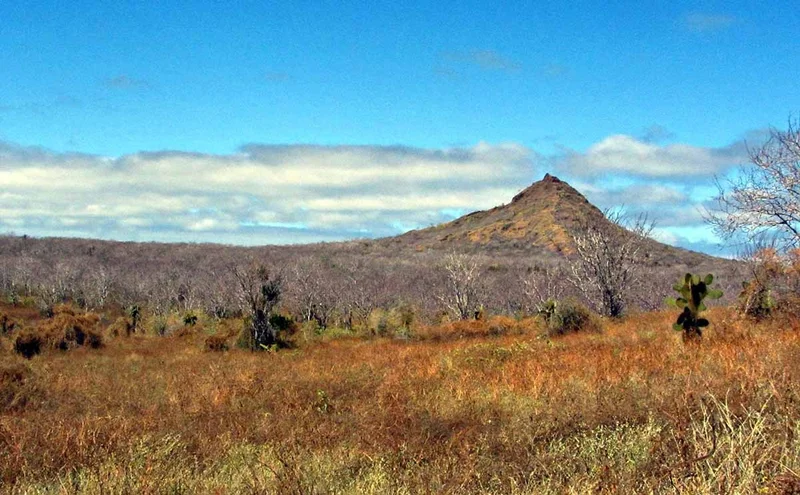
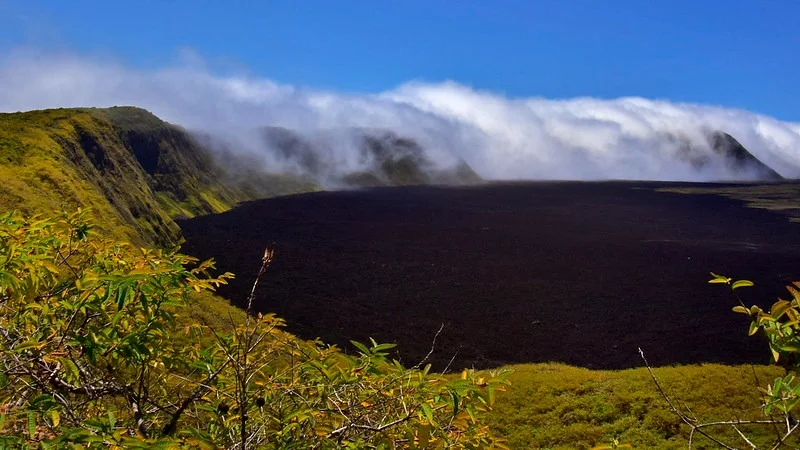
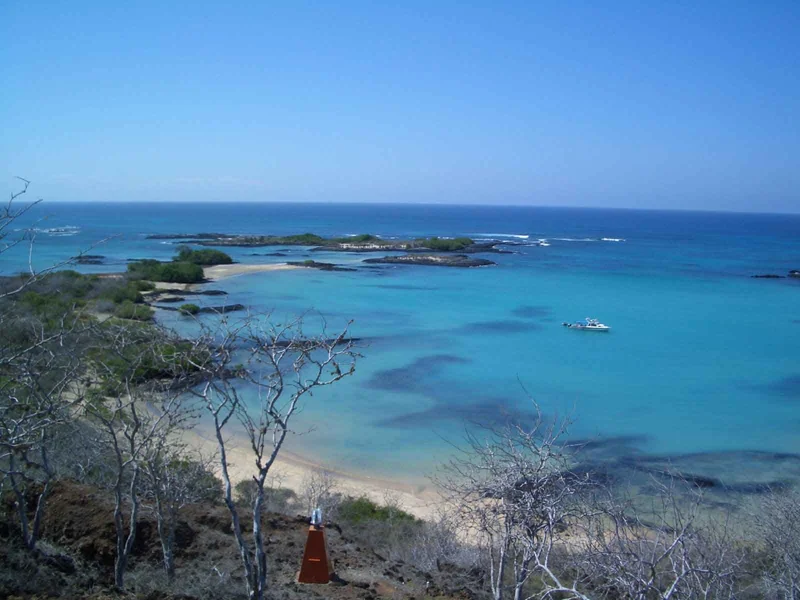


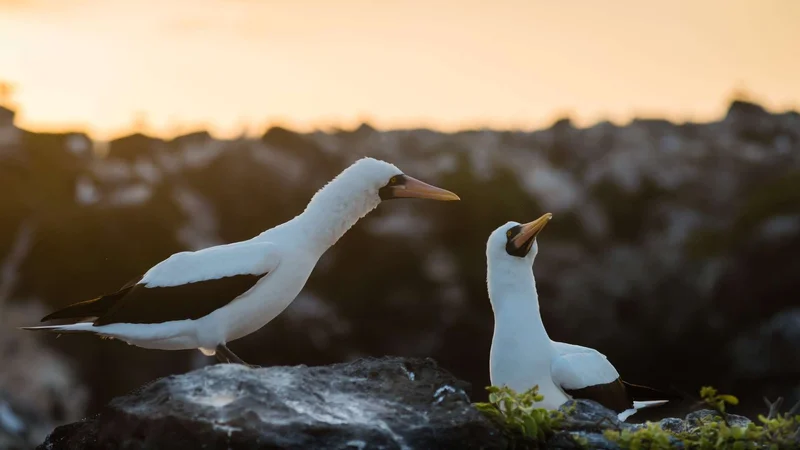
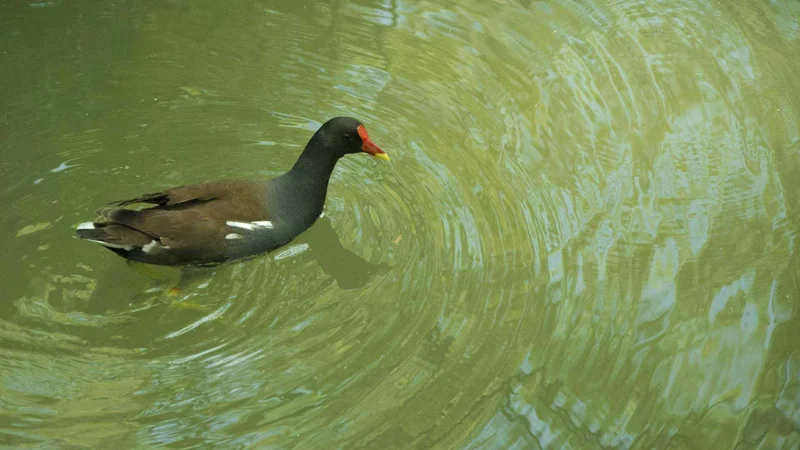
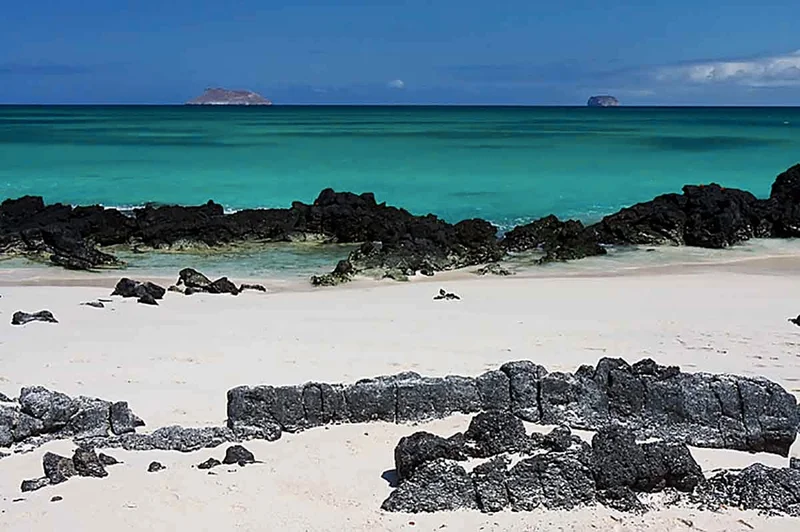
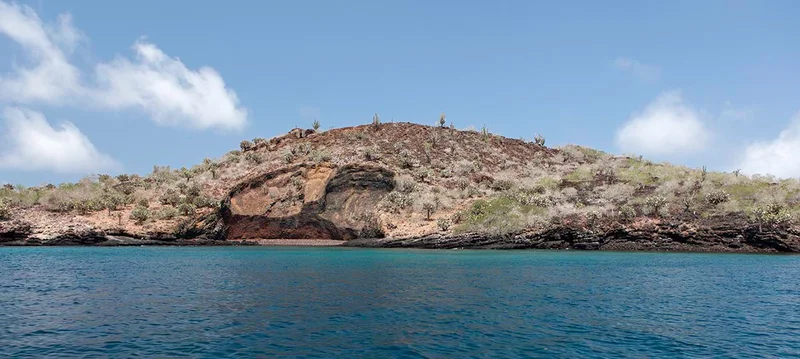
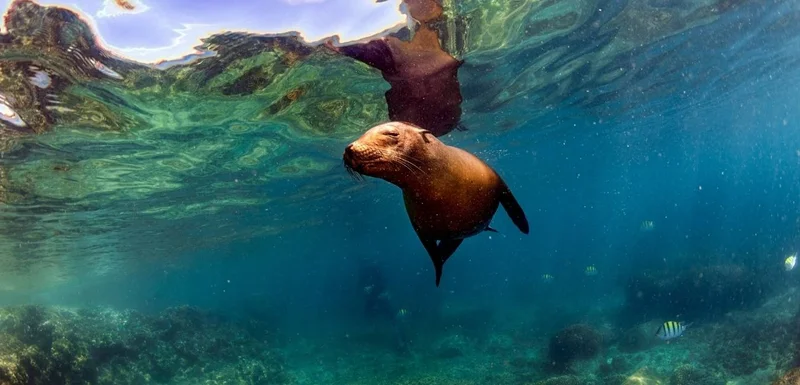


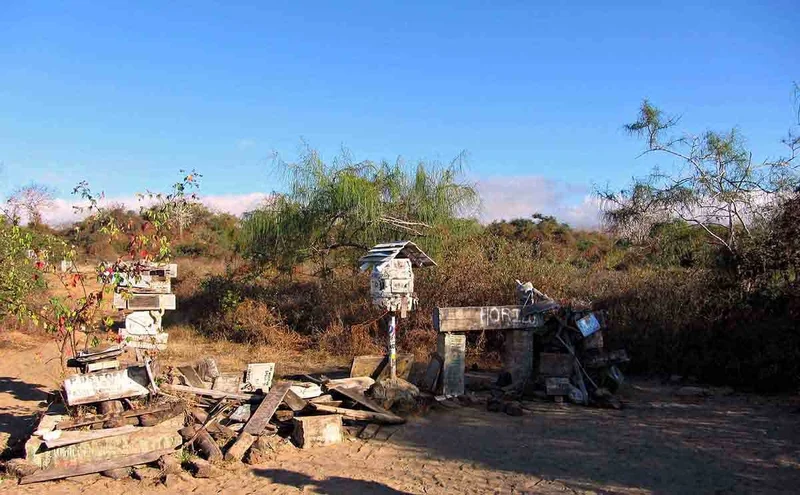
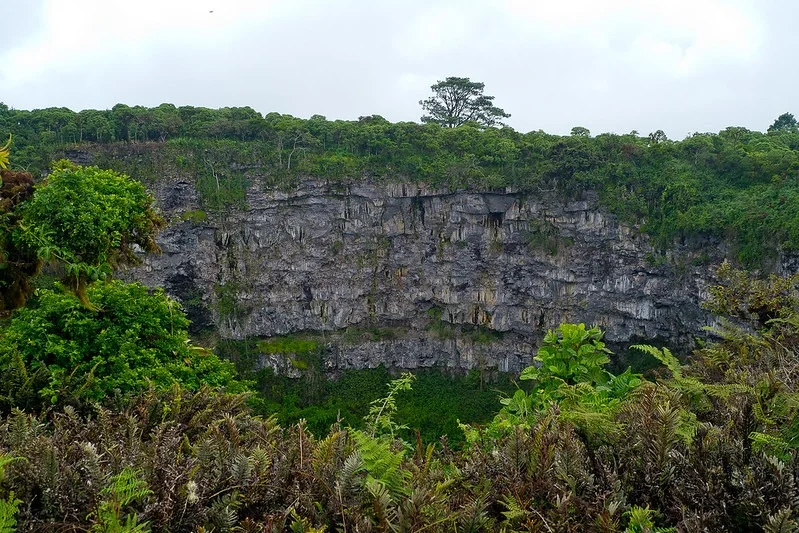
8 Day Galapagos Itinerary Includes
- All meals and excursions
- Transfers in the islands
- Bilingual National Park Guide
8 Day Galapagos Itinerary Does not Include
- Roundtrip Airfare to / from Galapagos
- Alcoholic drinks
- USD 200 Galapagos National Park fee
- $20 Transit Control Card
- Travel / medical insurance
- Tips
- Personal Expenses
8 Day Galapagos Itinerary Highlights
- Birdwatching, including the Galapagos finches
- Flamingoes, green-colored beach
- Large array or marine species
Itinerary Map

Dates & Promotions
Dates |
|---|
No data |
Animals you might see on this itinerary:
More information about the Galapagos Islands you visit in this 8 day itinerary:
Galapagos Angel 8-day Cruise "B"
Why travel with us?
Similar Itineraries

